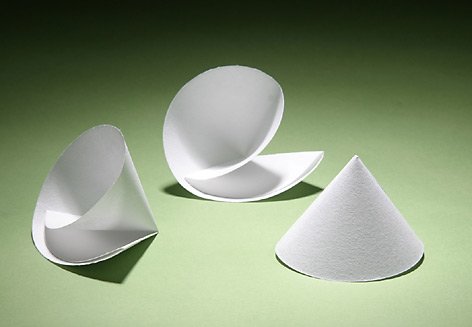CaCl2(aq) + Na2CO3(aq) -----> CaCO3(s) + NaCl(aq)
In this lab we observed the double replacement reaction between sodium carbonate and calcium chloride. We determined the excess and limiting reagents of the reaction, a theoretical and actual mass. After doing this we determined percent yield of the reaction.
Equipment:
-2 25 mL graduate cylinders
-1 250 mL beaker
-filter paper
-ringstand
After filling the cylinders with sodium carbonate and calcium chloride we added the calcium chloride to the sodium carbonate in a beaker. We then obtained a piece of filter paper, and weighed it. We wrote our names on the paper and then set up an apparatus for filtering using a ringstand. We poured the new solution carefully, bit by bit into the funnel. The filter paper filtered out the new precipitate, which was CaCO3. We then let the filter paper and precipitate dry and then weighed it again.
NEXT CLASS WE WILL LEARN PERCENT YIELD!!


I have also tested this reaction in our chemistry lab and found this conclusion that Precipitation Reactions occur when cations and anions of aqueous solutions combine to form an insoluble ionic solid, called a precipitate. I am learning these concepts for my boards exam.
ReplyDeletePrincipal Quantum Number